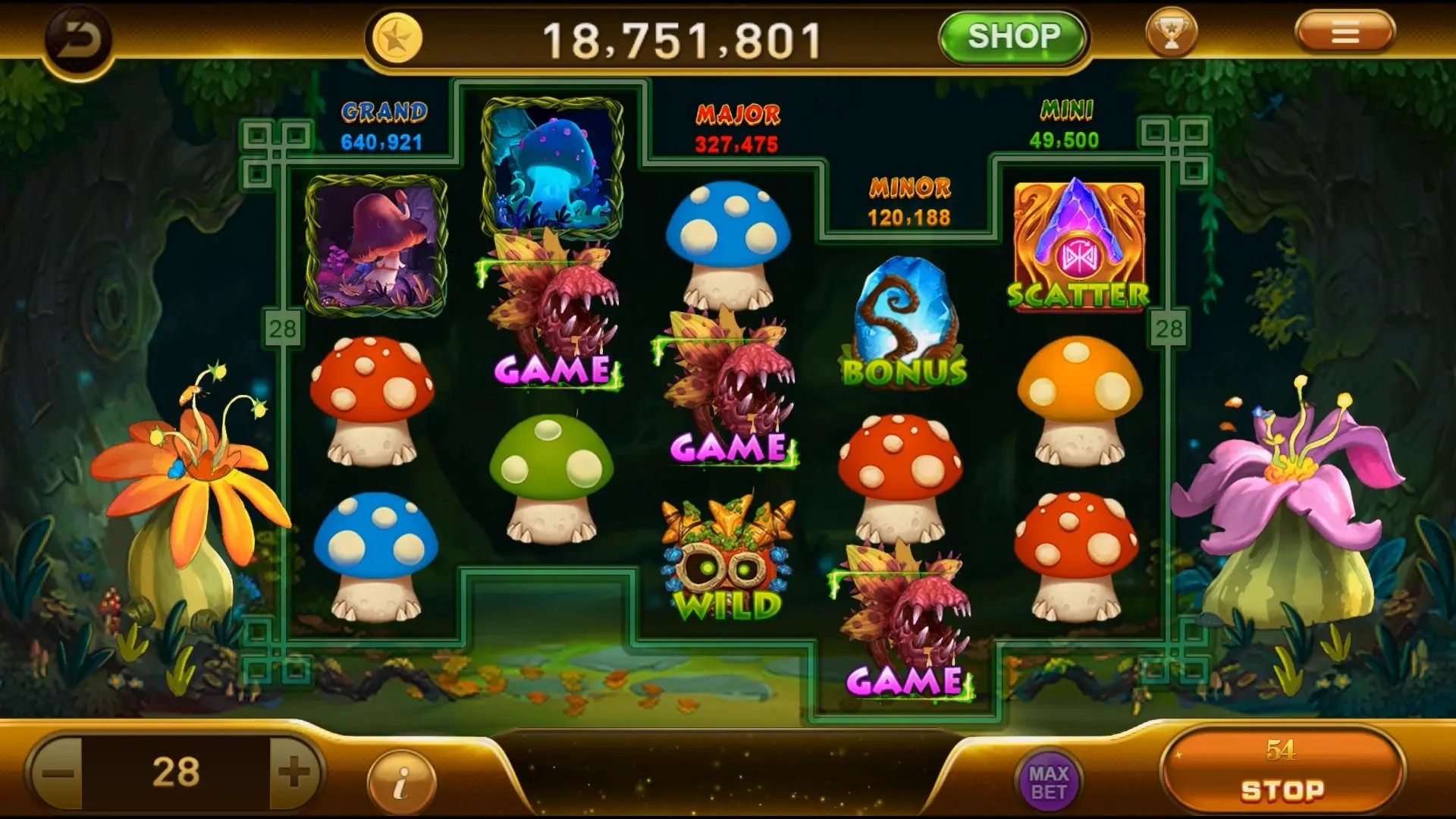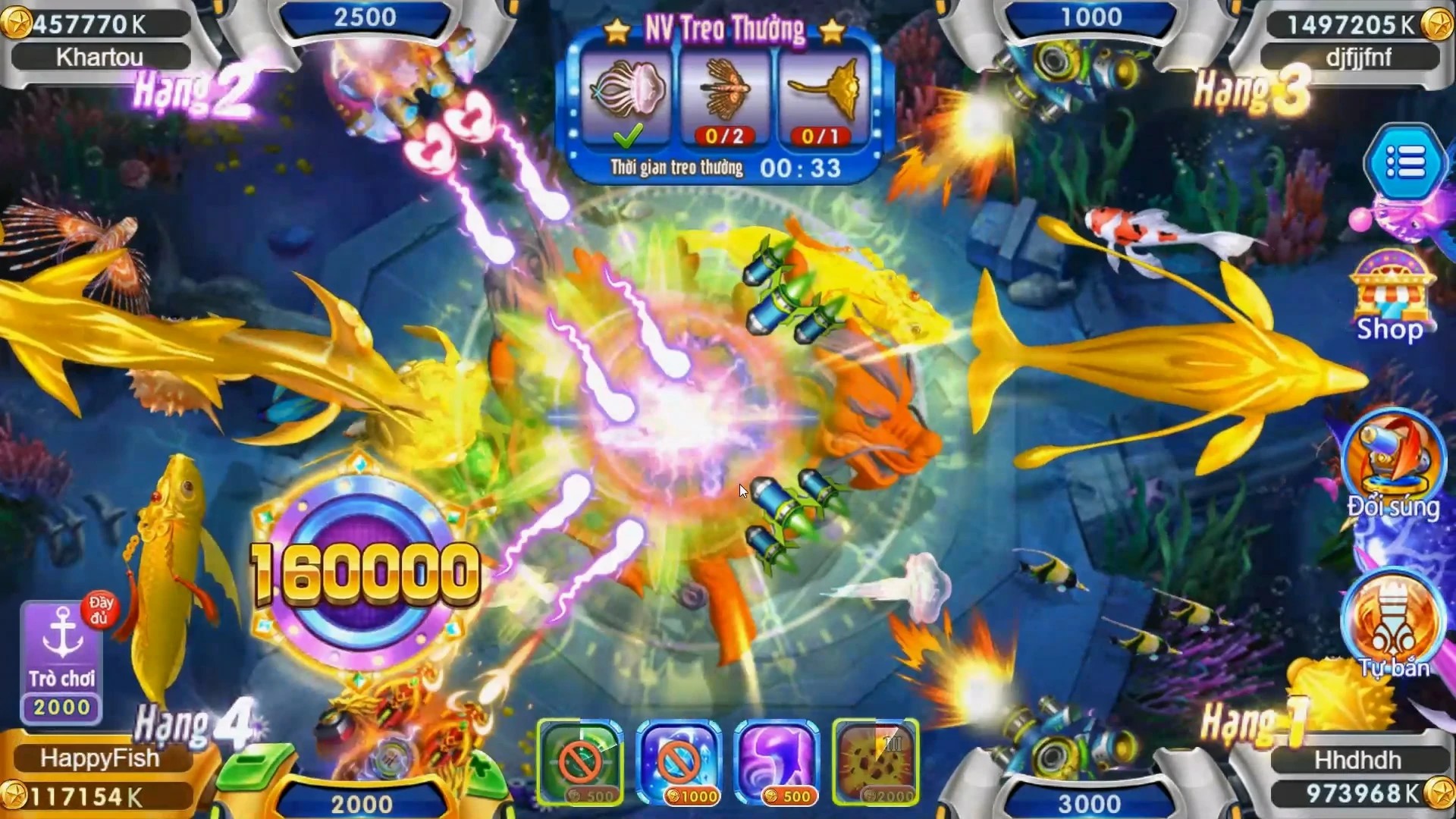Unlocking Realism: How Life Simulation Games Are Reshaping Strategy Games Today
In recent years, a fascinating trend has emerged in the gaming world: the interplay between life simulation games and traditional strategy games. This evolution raises the question: how are life simulations not only augmenting but reshaping our approach to strategy gaming? Let's explore the reasons behind this transformation and what it means for gamers, especially for our audience in Bangladesh.
Understanding Life Simulation Games
Life simulation games like "The Sims" or "Animal Crossing" immerse players in diverse, vibrant worlds where their choices dictate outcomes. This genre focuses on detailed character interactions, day-to-day management, and creative building aspects, creating a multifaceted gaming experience that pulls players beyond the typical win-or-lose scenarios of traditional strategy games.
The Rise of Strategy Games
Strategy games, from "StarCraft" to "Civilization," rely heavily on tactical decisions and long-term planning. These games have provided gamers with a way to engage their minds and pit them against opponents in battles of wit and foresight. However, as gamers evolve, they seek out experiences that not only challenge their strategic abilities but also incorporate elements of life simulation.
Why the Fusion of Genres Works
Combining life simulation elements into strategy games creates a more rounded experience. Players wish to see the impacts of their strategies on "living" worlds, which promotes engagement and satisfaction. Here are a few reasons why this fusion resonates with modern gamers:
- Immersive Experiences: Players become more invested in decisions when their actions affect a living, breathing world.
- Emotional Connections: Creating and managing populations allows for deeper emotional connections than traditional strategy games typically afford.
- Dynamic Storytelling: The incorporation of life simulations leads to diverse narratives, enhancing replayability.
- Variety in Gameplay: Balancing between management and strategy presents new challenges and keeps gameplay fresh.
Key Examples of This Genre-blending Trend
Several games epitomize this trend, merging aspects of life simulation with strategy. One noteworthy mention is:
| Game Title | Description |
|---|---|
| Stardew Valley | A farming simulator that integrates resource management and town-building strategies with a life-simulation core. |
| Farming Simulator | While primarily focused on farming, it incorporates strategic elements of market management and resource allocation. |
| Two Point Hospital | A management simulation that blends humor with strategy, requiring players to design and manage a hospital while dealing with quirky challenges. |
The Impact of Realism on Strategy Gameplay
The push for realism in gaming has affected players' expectations greatly. In life simulation games, players often find that realism enhances their experience, a quality that is now trickling into strategy games. Here’s how realism is making waves:
- Authenticity in Decision-Making: Gamers are expecting decisions to carry weight beyond just gameplay.
- Diverse Skill Sets: As players become involved emotionally, diverse skill sets like empathy and problem-solving come into play.
- Consequences and Rewards: Real-life consequences encourage players to think critically about their next steps, similar to real-life scenarios.
Specific Case Study: "Indiana Jones Puzzle" and "Kingdom Rush"
The games "Indiana Jones Puzzle" and "Kingdom Rush" showcase how this merging works practically. While "Indiana Jones Puzzle" offers a narrative-driven puzzle-solving experience, "Kingdom Rush" combines tower defense mechanics with strategic depth. By introducing life simulation elements - such as character development and narrative choices - these games draw players into deeper gameplay.
Exploring "CL-19 Build Delta Force"
The "CL-19 Build Delta Force" highlights how strategy games are enhanced through character-building mechanics from life simulation games. This game requires players to develop not just strategies for combat but also to navigate complex social dynamics, making for a richer gaming experience. Such mechanics can greatly elevate traditional strategy gameplay to newfound heights.
Key Takeaways for Game Developers
Developers should pay close attention to this evolution in player expectations and game design. Here are the crucial takeaways:
- Integrate life simulation aspects into strategy games.
- Create rich narratives that invoke emotional investment.
- Ensure decision-making has tangible consequences within gameplay.
- Focus on character development to enhance player connection.
The Future: Where Are We Headed?
The blending of life simulation and strategy games is pretty much just beginning. There are so many possibilities waiting to be explored. Game developers are finding creative ways to further integrate these genres, optimizing user experience for greater satisfaction. The key is continual evolution and responsiveness to gamer feedback.
Potential Challenges Facing This Genre Merge
Despite the positive aspects, there are challenges to consider when blending these two genres:
- Balancing Complexity: Too many life simulation elements could overwhelm traditional strategy gameplay.
- Maintaining Focus: Game narratives could become convoluted, losing sight of core gameplay.
- Time-Management: Lengthy gameplay associated with life simulation elements might deter strategy gamers.
Conclusion: A Unified Gaming Experience Awaits
As we move forward, the fusion of life simulation and strategy games offers intriguing possibilities. This methodological blending cultivates a unique gaming universe where players can not only strategize but also live within their decisions. The message is clear for both players and developers: we're on the brink of a new age in gaming. Approach it with an open mind, embrace the realism, and let the adventure unfold.



